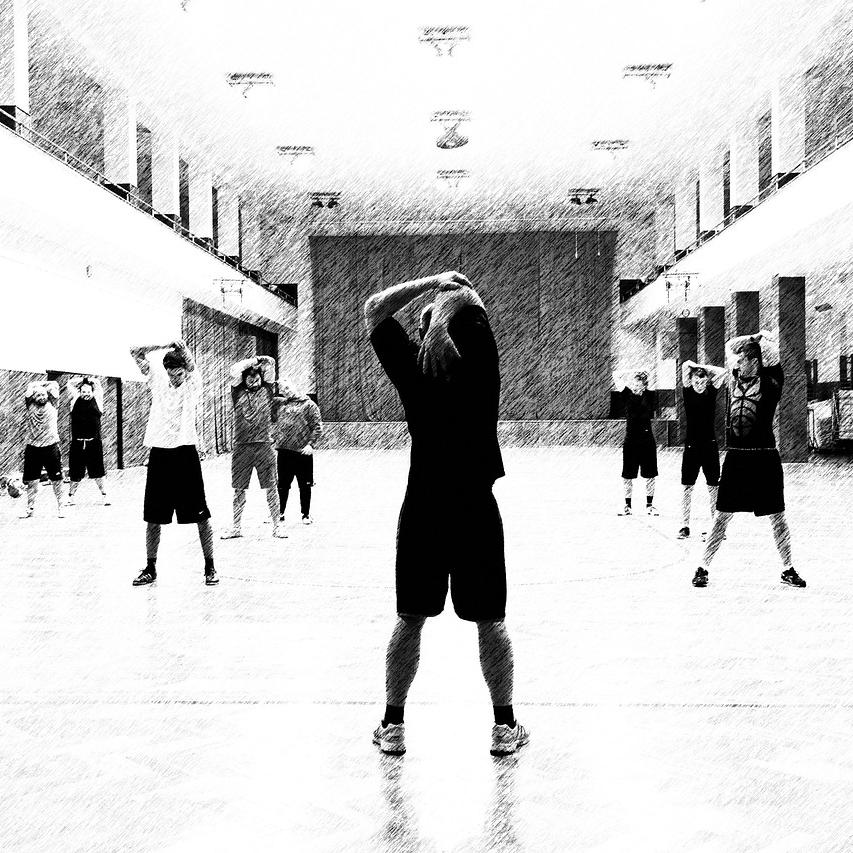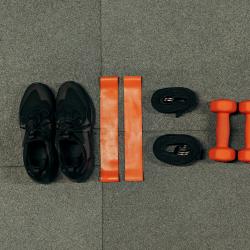How to Do a Proper Warm-Up and Cool-Down Before and After Exercise
Engaging in physical exercise is essential for maintaining good health, boosting energy levels, and improving overall fitness. However, maximizing the benefits of your workout and preventing injuries requires more than just reaching for your workout gear and jumping into an intense routine. A proper warm-up and cool-down are crucial components of any effective workout regimen. This article delves into the significance of these pre-and post-exercise rituals and provides practical steps on how to incorporate them into your fitness routine.
The Importance of a Warm-Up
Before diving into your main workout, a warm-up gradually elevates your heart rate, increases blood flow to your muscles, and enhances your flexibility. A well-executed warm-up prepares your body both physically and mentally for the upcoming exercise session, reducing the risk of injury.
Steps for a Proper Warm-Up
-
Start With General Aerobic Activity: Begin with 5 to 10 minutes of light aerobic exercise that targets major muscle groups. Activities such as brisk walking, jogging, or cycling get your heart rate up and increase blood flow.
-
Incorporate Dynamic Stretching: Unlike static stretching, dynamic stretches involve active movements that mimic the exercise you're about to do. For example, arm circles, leg swings, and torso twists can improve your range of motion and muscle elasticity.
-
Activate Key Muscle Groups: Focus on exercises that activate the muscles you'll be using in your workout. For a run, this could include high knees and butt kicks. For strength training, consider bodyweight squats or lunges.
-
Progress Gradually: Gradually increase the intensity and range of motion of your movements. This helps ensure that your muscles and joints are ready for the demands of your main workout.
The Importance of a Cool-Down
After pushing your body during exercise, a cool-down is vital to help you transition back to a state of rest. This phase aids in the gradual recovery of your heart rate and blood pressure, reduces muscle stiffness, and prevents dizziness or fainting that can occur if you stop suddenly.
Steps for an Effective Cool-Down
-
Ease Into Light Aerobic Activity: Slow down your activity over 5 to 10 minutes to help your heart rate return to normal. For instance, if you were running, taper down to a walk.
-
Incorporate Static Stretching: Stretching post-exercise is beneficial as your muscles are already warm, promoting better flexibility. Focus on major muscle groups such as the quadriceps, hamstrings, calves, and shoulders. Hold each stretch for 15 to 30 seconds, breathing deeply.
-
Rehydrate and Refuel: Replenishing fluids lost during exercise is crucial for recovery. Drink water or an electrolyte-balanced drink. If your workout was particularly intense, consider a light snack with protein and carbohydrates to aid muscle repair.
-
Relaxation Techniques: Incorporate deep breathing or meditation to help calm the mind and body post-exercise. This not only aids physical recovery but also enhances mental well-being.
Conclusion
Incorporating adequate warm-up and cool-down routines into your exercise regimen can significantly impact your performance and recovery, helping to prevent injuries and improve flexibility. Whether you’re a beginner or a seasoned athlete, taking the time to prepare and recover from your workouts is an investment in long-term health and fitness. Commit to these simple yet effective practices to sustain your body through even the most challenging workout regimes.





















